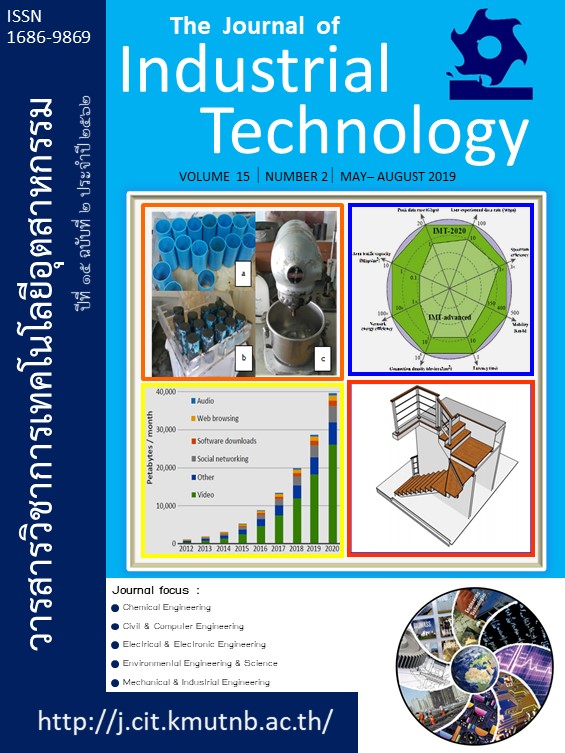การวิเคราะห์อิทธิพลการกำกับด้วยโปรแกรม PROCESS(Analysis of Moderation Effects Through PROCESS)
Keywords:
Moderation effect, Direct effect, Conditional effect, BootstrappingAbstract
Abstract
Moderation effect analysis or interaction analysis is an analysis aim to investigate whether the causal relationship between pair of variables, antecedent and outcome, was changed subject to change in specified values of moderators in pick-a-point fashion or in a range of values from Johnson-Neyman region. Test could be conducted through bootstrapping algorithm or t-test. In order to test for conditional effects of moderators, t-test and/or bootstrapping still being adapted with some mathematical manipulation and also with much helpful of line graph.
References
[2] S.H. Schwartz, “An Overview of Schwartz Theory of Basic Value”, Online Reading in Psychology and Culture 2(1), http://doi.ord/10.9707/2307-0919.1116, 2012.
[3] W.W. Chin, Commentary: Issues and Opinion on Structural Equation Modeling. MIS Quarterly. (22:1), xii-xiv, 1998.
[4] J.F. Hair, W.C. Black, B.J. Robin and R.E. Anderson, “Multivariate Data Analysis”, Anderson Pearson Education Limited, 2013, pp.734.
[5] A.F. Hayes, “The PROCESS macro for SPSS and SAS”, Retrieved January 12, 2017 from http://www.processmacro.org/download.html.
[6] D.J. Bauer and P.J. Curran, “Probing Interactions in Fixed and Multilevel Regression: Inferential and Graphical Techniques”, Multivariate Behavioral Research, 40:3, 373-400, 2017.
[7] J.F. Hair, C.M. Ringle and M. Sarstedt, “Partial Least Squares Structural Equation Modeling: Rigorous Applications, Better Results and Higher Acceptance”, Long Range Planning 46(1-2), 2013, pp.1-12.
[8] A.F. Hayes, “SPSS PROCESS documentation”, Retrieved January 2017, from http://www. Mar keting-wiwi.uni-jena.de/wmarmedia/dokumente/ WS+15_16/DAM/Process_Anleitung_alle_ Modelle.pdf, 2013.


